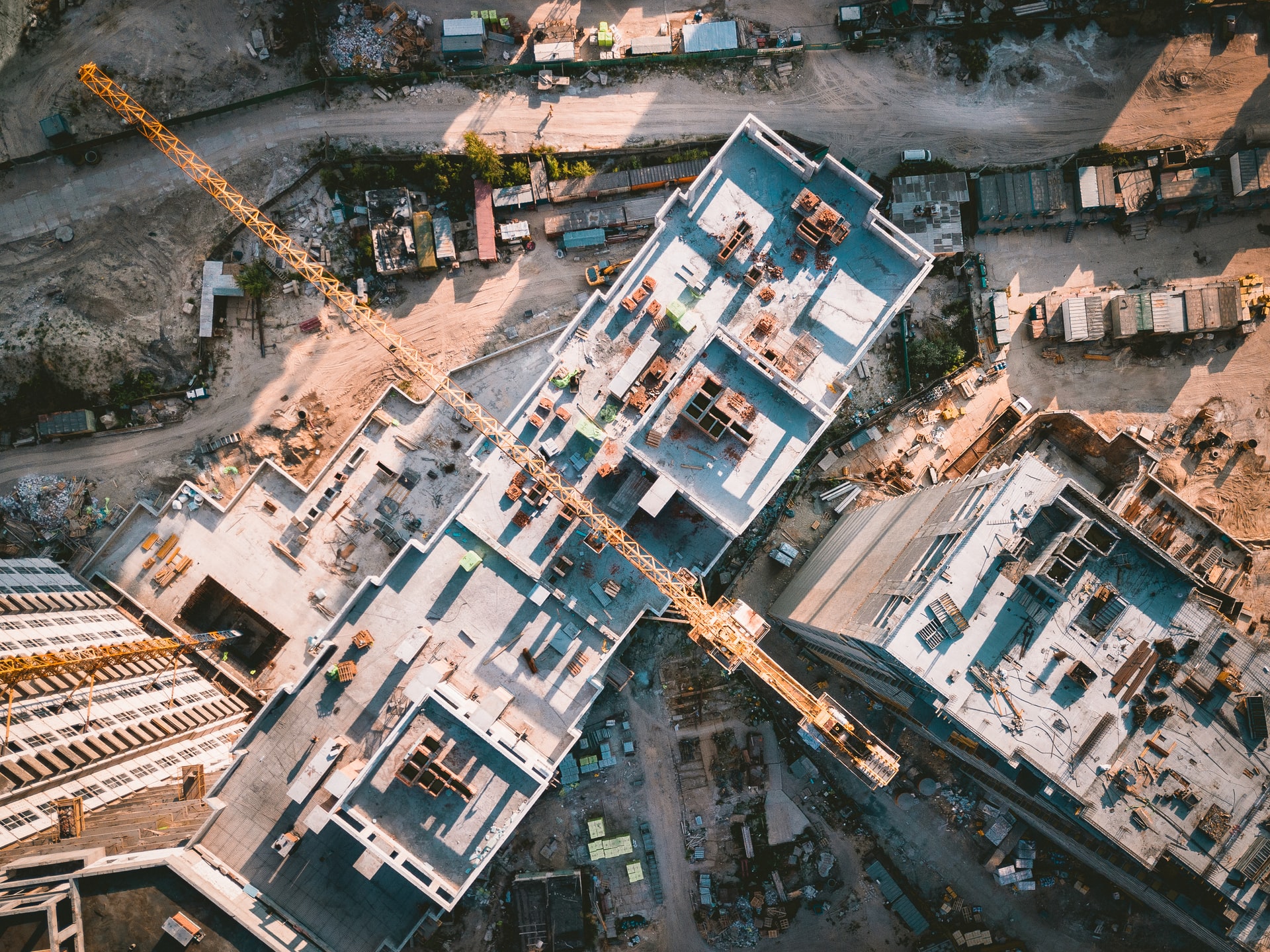U.S. construction spending for September 2021 demonstrates an economy still working to recover from COVID-19 and further illustrates an increase in residential construction spending, which has been growing since the pandemic.
Month-over-Month Changes
Compared to August, total construction spending in September decreased 0.5% to $1582.0 billion, seasonally adjusted (SA). Private construction spending decreased 0.5% to $1229.9 billion SA. Residential construction decreased 0.4% to $773.5 billion SA and nonresidential construction was down 0.6% to $456.4 billion.
Residential Construction since COVID-19
Residential construction spending has experienced an increase since the onset of the pandemic. In September 2021, residential construction spending increased 69.9% compared to pre-recession January 2020. Over the course of the same period, non-residential construction increased 14.6%.
For the first three-quarters of the year compared to the same period in 2020, total construction spending increased 7.1% not seasonally adjusted. Total residential construction increased 24.5%, private single-family construction grew 37.4%, and private multi-family construction increased 17.5%.
Meanwhile nonresidential construction has seen a decrease over that same period. Total nonresidential construction decreased 5.8% compared to the first three-quarters of 2020. Spending on public safety construction, lodging construction spending, and conservation and development construction spending have the greatest percent decreases. Sewage and waste disposal did increase 4.1%, the only nonresidential construction category with growth this year.
Residential construction spending has been increasing since the start of the COVID-19 pandemic in comparison with nonresidential construction. In January 2020, before the pandemic, the divide between nonresidential and residential construction spending was 60% to 40% respectively. Since early 2020, residential construction has been growing while nonresidential construction has been slightly declining.
“Residential and nonresidential constructions spending are about a 50-50 mix right now,” says Bret Biggers, ISRI’s senior economist. He notes that in September 2021, nonresidential construction spending was 50.5% and residential construction was 49.5%. These percentages are much closer than they were in January 2020, prior to the pandemic with nonresidential spending at 60% and residential spending at 40%.
Some of the growth in residential construction spending can be attributed to the near-zero interest rates as consumers are better positioned to borrow money and purchase homes. The pandemic is also likely responsible for this growth and lowering the demand for non-residential buildings. “People weren’t going into the office, they were looking for larger homes that could include home offices,” Biggers explains.
Remote work continues to have an impact on nonresidential construction. Supplemental data the Bureau of Labor Statistics released early November shows 11.6% (or over 18 million) of workers cited that they worked from home in the last four weeks because of COVID-19 related reasons compared to May 2020 when 35.4% (or 48.7 million) workers reported working from home. “It is affecting nonresidential construction spending and whether a company may choose to renew their lease or try to find a smaller office space,” Bigger says. “Trying to figure out market demand for office buildings over the next few years is going to be tricky.”
This shift to residential construction may impact the recycling industry, particularly recycled commodities. Nonresidential construction typically uses steel frames while residential construction often uses wood frames. “There’s not a lot of recycled content in wood products but there is a lot of it in steel, that would affect the industry if fewer commercial or institutional buildings are being constructed,” Biggers says. “Textiles using recycled plastics, metals like copper for copper wiring and other metals used for HVAC systems will continue to be in demand as long as construction spending is up.”
The Federal Reserve Board’s recent announcement that it will start scaling back its monthly net asset purchases may impact residential construction spending. With the changes starting in November and going into December, the announcement demonstrates the Fed is concerned about the inflation pressures throughout the economy. Purchasing fewer securities should put pressure on the markets to raise interest rates, which in turn could reduce inflationary pressure.
While loan rates are still near historically low levels, the Fed will likely increase rates in the future. “As they reduce the amount of their net asset purchases it may have an upward pressure on interest rates,” Biggers says. “It could impact construction spending as fewer people may be able to buy as interest rates go up. I don’t think the first month or two will make a difference but if the net assets continue there will be an upward pressure on interest rates and that means fewer people are qualified to buy that expensive of a home.”
Additional Resources













